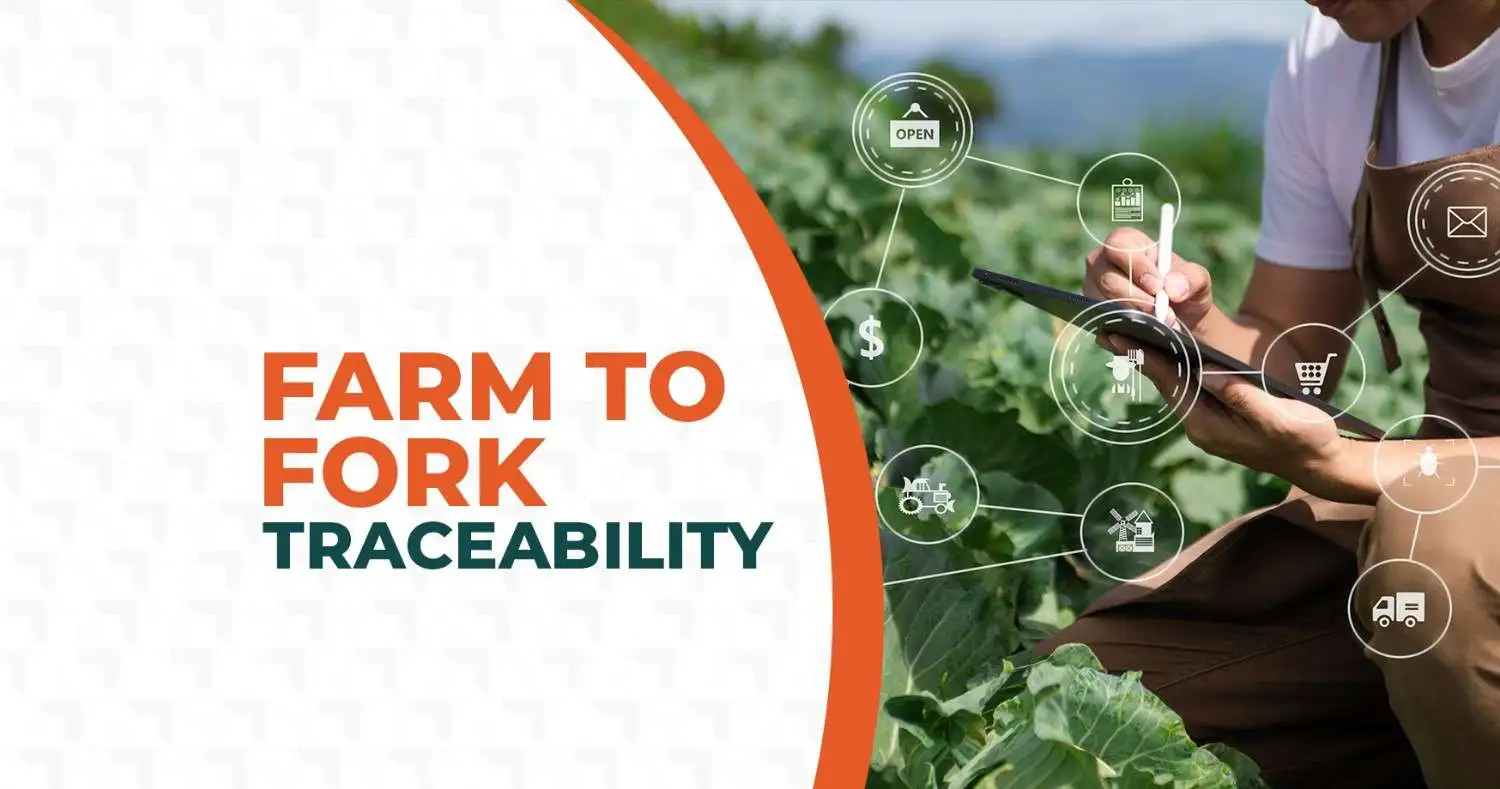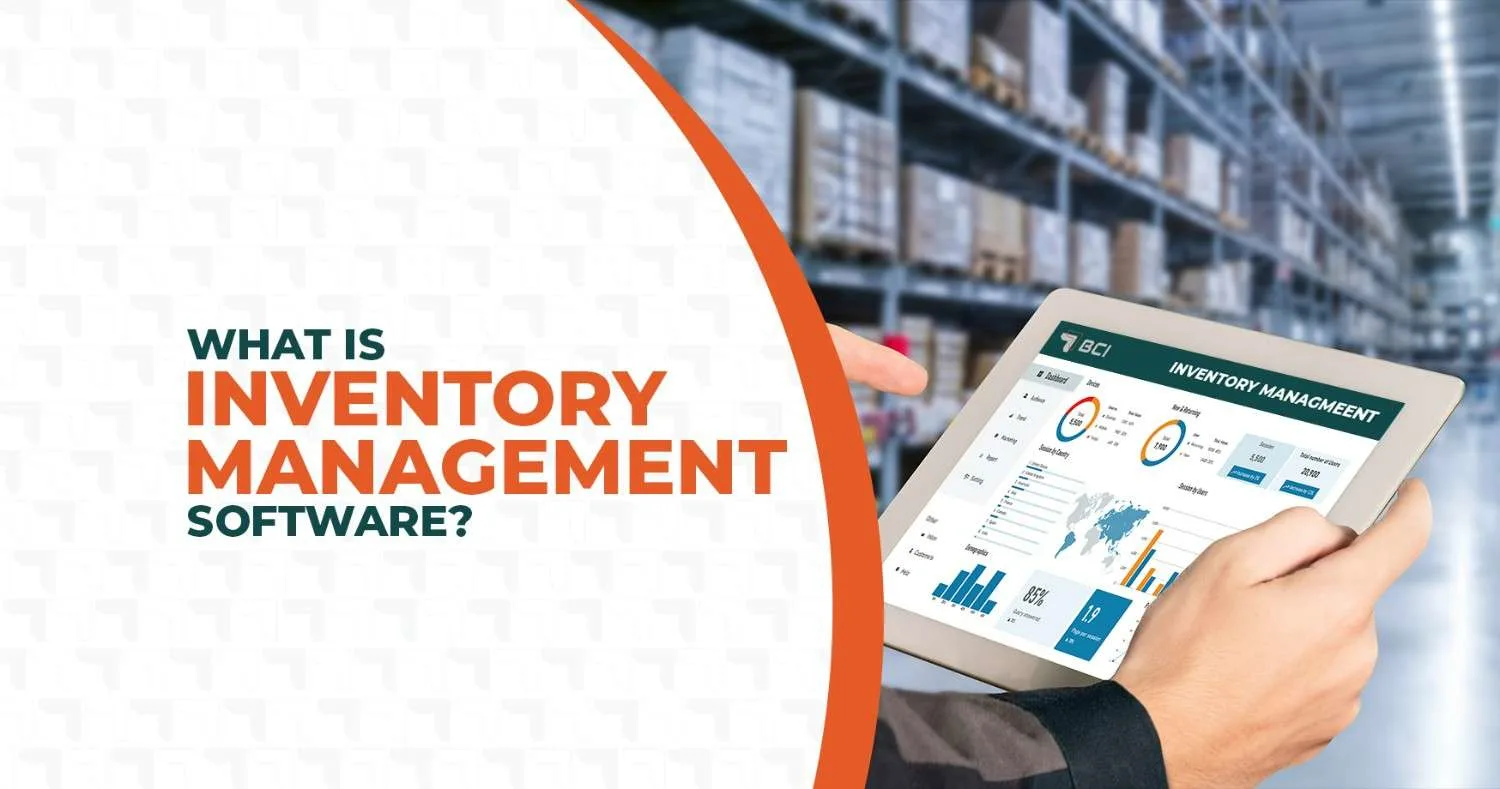
Benefits of Track and Trace in Logistics
Tracking commodities, assets, and shipments from origin to destination is called track and trace. Track and trace systems track objects' location, condition, and movement during various phases of transit using barcoding, RFID Technology, GPS, IoT, and cloud-based systems. It streamlines logistics, improves supply chain visibility, and boosts efficiency.
By using track and trace systems, businesses can track their shipments in real time. Logistics managers may maximize resource allocation and delivery routes by using correct data to make decisions. Track-and-trace systems reduce delays and errors. Businesses can prevent supply chain disruptions and save money with precise position tracking and automated data updates.
Logistics trace and track to ensure real-time supply chain visibility and improve inventory management. Monitoring inventory levels across the supply chain reduces the risk of overstocking or stockouts and also helps to maximize sales opportunities. Cost savings and enhanced client satisfaction are also key benefits of implementing logistics track-and-trace solutions. Customers get accurate delivery updates with real-time tracking, boosting visibility and consumer trust. Unexpected delays are often less frustrating, and clients can prepare ahead. Track-and-trace technologies reveal inefficiencies, streamline operations, and optimize routes, saving organizations money on transportation and operations.
Finally, track-and-trace systems increase visibility, inventory control, and customer service, making the supply chain more efficient, reliable, and cost-effective.
Benefits of Track and Trace in Logistics
Track-and-trace technologies benefit logistics companies. Some important track and trace benefits are:
a. Increased Visibility and Transparency
- Real-time shipment monitoring enables firms to trace products throughout the supply chain.
- Clear inventory visibility from warehouse to delivery prevents inconsistencies.
- Openness boosts confidence and informs businesses and customers of delivery status.
b. Enhanced efficiency and speed
- Includes faster identification of delays or disturbances, enabling immediate modifications to routes or timetables.
- Route optimization and transit time reduction boost operational speed.
- Logistics managers may optimize resources and eliminate inefficiencies via better decision-making.
c. Reduced Errors and Losses
- Automated data gathering reduces human error in tracking and reporting.
- Accurate inventory management avoids stockouts and overstock.
- Supply chain security improves with better theft and lost item protection.
d. Cost Reduction
- Lower operational costs from fewer errors and inefficiencies.
- Cost efficiency improves with better vehicle and warehouse management.
- Optimisation of routes reduced fuel and transportation costs, lowering logistical costs.
e. Improved Customer Satisfaction
- Real-time shipment status updates enhance customer experience.
- Improved reliability and reduced delivery delays ensure clients receive their items on time.
- Transparency in delivery increases confidence and satisfaction.
f. Better Decision-Making and Analytics
- Historical data enhances forecasting and long-term planning.
- Actionable insights improve logistics operations by highlighting areas for improvement.
- Supporting data-driven initiatives improves routing, inventory management, and supplier selection.
g. Better Sustainability
- To improve sustainability, businesses should adopt eco-friendly transportation and disclose their carbon footprint.
- Track & trace helps firms evaluate supplier sustainability, promoting greener supply chains.
h. Improved Inventory Management
Improved inventory management informs businesses and controls surplus or shortages. Thus, supply chain stock levels are more accurate.
What is the Future of Trace and Track in Logistics?
In logistics, track and trace will change as technology advances. Machine learning, IoT, and blockchain will transform global supply chain tracking, management, and delivery. Advanced analytics, automation, and transparency will boost operational efficiency.
Logistics predictive analytics will center on AI and ML. Companies can foresee supply chain delays, disruptions, and inefficiencies using AI algorithms. To optimise logistics operations, logistics managers might reroute or reschedule shipments to avoid costly blunders.
- IoT will improve tracking methods. In real time, IoT devices and sensors will report the temperature, humidity, and location of items and the environment inside the vehicle or container. Pharma and food industries, where product integrity is critical throughout the supply chain, will need this. These sensors monitor shipments and inform firms of any environmental changes that can impact product integrity and quality, allowing firms to take immediate counter-action. Pharma and food industries using IoT for product storage and transportation can significantly reduce product wastage and play a major part in sustainability,
Blockchain will increase logistical transparency, security, and accountability. Blockchain's decentralized, immutable ledgers will allow product tracking to be secure and transparent, giving manufacturers and customers real-time access to verified data. Drug companies, which must keep a precise and auditable record of product movement for safety and regulatory compliance, benefit from this. Blockchain reduces fraud by verifying and recording every transaction and movement.
Automation and robotics will be integrated into trace and track systems. Drone deliveries, automated warehousing, and robotic handling will speed up and improve logistics. Increased operational efficiency and reduced human error will make supply chains more nimble and responsive to market needs.
While these technologies converge, logistics track and trace will expand to include end-to-end visibility, condition monitoring, and predictive optimization. Data-driven, completely automated logistics operations can help firms enhance customer happiness, streamline processes, and make better decisions. Transparent, smarter solutions will make track and trace essential to a more efficient, secure, and sustainable supply chain.
FAQs
1. What are the benefits of tracing?
Tracing benefits cognitive and motor development, especially in early schooling and skill development. Tracing lines and shapes improves dexterity, hand-eye coordination, and fine motor abilities. Later-life precision and control skills like writing, painting, and other detailed jobs require these core talents. Tracing improves complicated task accuracy by enhancing hand and finger muscle control. Time strengthens the brain-body connection, improving motor control and promoting developmental milestones.
2. Correct Product Recalls and Cost Savings
Tracing technology boosts efficiency in production and supply chains. Accurate tracing allows targeted product recalls instead of bulk recalls, saving companies money. By detecting faulty products, companies may rectify issues quickly and reduce waste and reputational damage.
Meet consumer expectations
Consumers want more transparency and visibility. Tracing helps customers trust products by revealing origins, supply chains, and quality assurance. Visibility helps consumers make informed decisions, building brand loyalty and buying confidence.
3. Why is tracking important in logistics?
Tracking is crucial to logistics because it improves asset management and shipment visibility. Real-time product monitoring lets organisations know their products' exact locations. This visibility helps manage delivery, reduce delays, and ensure products arrive on time. Tracking optimises resource allocation, inventory management, and early detection of possible issues like disruptions or delays, allowing organisations to mitigate risks. Control improves operational efficiency and customer happiness.
4. What is track and trace in logistics?
Logistics track-and-trace software tracks vehicles, packages, and products from supplier to customer. Logistics managers may track items throughout their trip with this system's real-time asset movement and status data. Track and trace systems are also called vehicle tracking systems when used to track goods-transporting trucks. Continuous shipment location and condition updates boost operational efficiency, visibility, and logistics process management.
5. What is the primary purpose of tracing?
Trace is used in barcode technology to track and monitor assets, products, and things in real time. Traceability boosts productivity and accuracy in production, retail, and logistics. Barcode systems help firms manage inventory, optimise supply chains, and decrease errors by tracking asset movement, condition, and status.
Barcode systems enable precise asset tracking, improving decision-making and operational response times. This trace system increases operational workflows, accountability, and transparency, benefiting organisations and customers.
Share this page
Get in Touch
Ready to take your business to the next level with BCI (Bar Code India)? We're just a phone call or email away.



